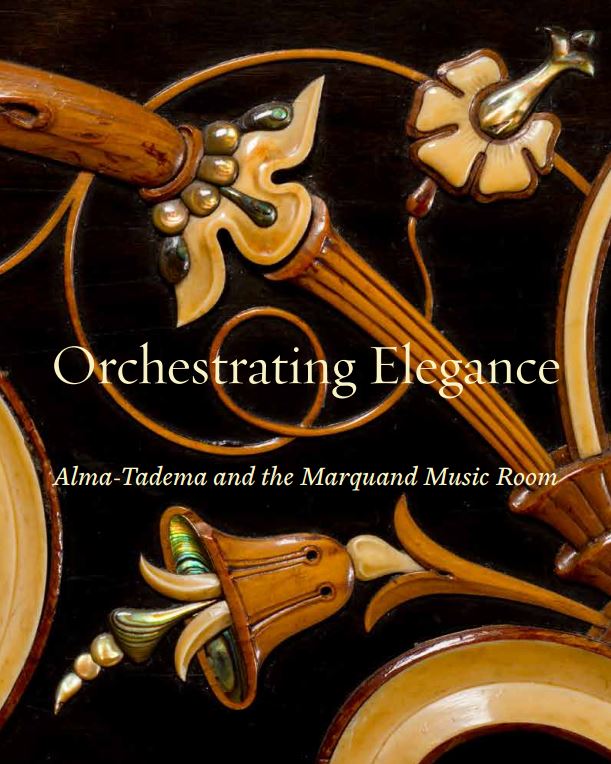
JUNE 4–SEPTEMBER 4, 2017
ALMA-TADEMA AS A PAINTER OF CLASSICAL ANTIQUITY
Sir Lawrence Alma-Tadema (British, born Netherlands, 1836–1912)
The Women of Amphissa, 1887
Oil on canvas
Clark Art Institute, 1978.12
Lawrence Alma-Tadema was renowned for his ability to evoke the classical past in his paintings. Drawn to the ancient cultures of Greece, Rome, and Pompeii, among others, he researched the subjects of his genre paintings (scenes of everyday life) by consulting volumes in his vast library of books, studying artifacts in museums, and visiting ancient sites. On his visits to Rome, Naples, and Pompeii, Alma-Tadema amassed a collection of drawings and photographs of ancient objects and buildings that helped him imagine and reconstruct past worlds for Victorian audiences. Noted for his ability to convincingly render marble, sumptuous fabrics, and ancient objects such as Greek terracottas and silver drinking vessels, Alma-Tadema sometimes combined pieces from different eras and disparate locales in an effort to create a pleasing composition.
A fully illustrated catalogue, edited by Kathleen M. Morris and Alexis Goodin with contributions by Kathleen M. Morris, Alexis Goodin, Melody Barnett Deusner, and Hugh Glover, accompanies the exhibition. This beautiful publication documents and examines the celebrated design of an elaborate music room for financier, art collector, and philanthropist Henry Gurdon Marquand by eminent British painter Sir Lawrence Alma-Tadema. The catalogue is published by the Clark and distributed by Yale University Press. Call the Museum Store at 413 458 0520 to order.

womenofamphiss.jpg)
